New versions of Apple's operating systems will be unveiled on June 5th, on the occasion of the WWDC 2023 developer conference. Of course, the expected iOS 17 attracts the most attention. According to the latest leaks and speculations, Apple phones are to receive a number of interesting and long-awaited innovations, which could move the system as such several steps forward.
It could be interest you
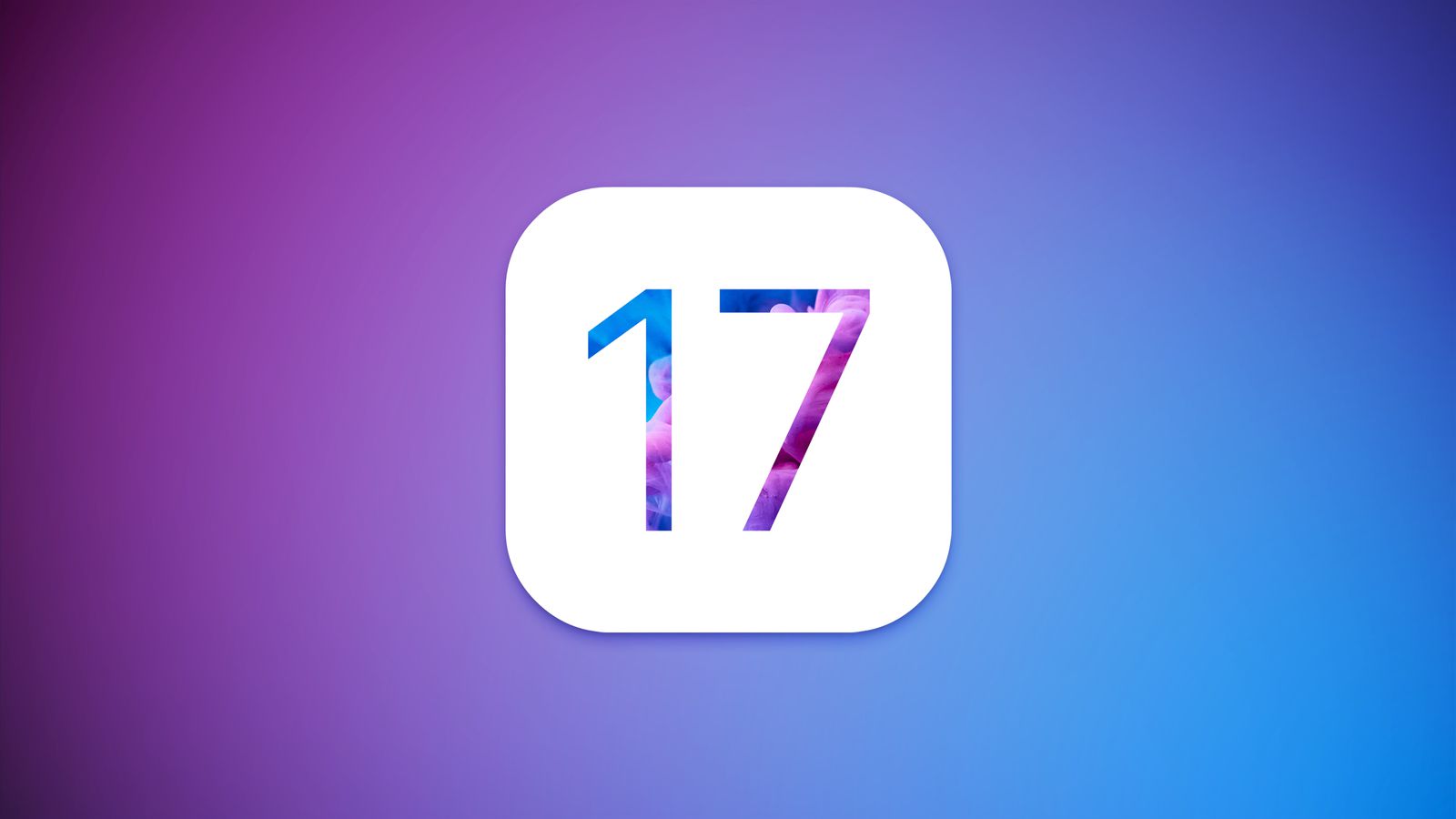
Quite interesting news regarding the compatibility of the expected operating system has now spread through the Apple community. Apparently, iOS 17 is no longer supposed to be available for iPhone X, iPhone 8 and iPhone 8 Plus. Apple fans are quite disappointed by these leaks, and on the contrary, they would rather welcome if at least the legendary "Xko" received support. But that might not be the wisest solution. So let's take a look at 5 reasons why iOS 17 on iPhone X doesn't make sense.
Phone age
First of all, we can't mention anything other than the age of the phone itself. The iPhone X was officially introduced already in September 2017, when it was unveiled alongside the iPhone 8 (Plus). It was then that a new era of Apple phones started, with the X model setting the course. From that moment on, it was clear where iPhones would go and what we can expect from them - from Face ID technology to the display across the entire front panel.
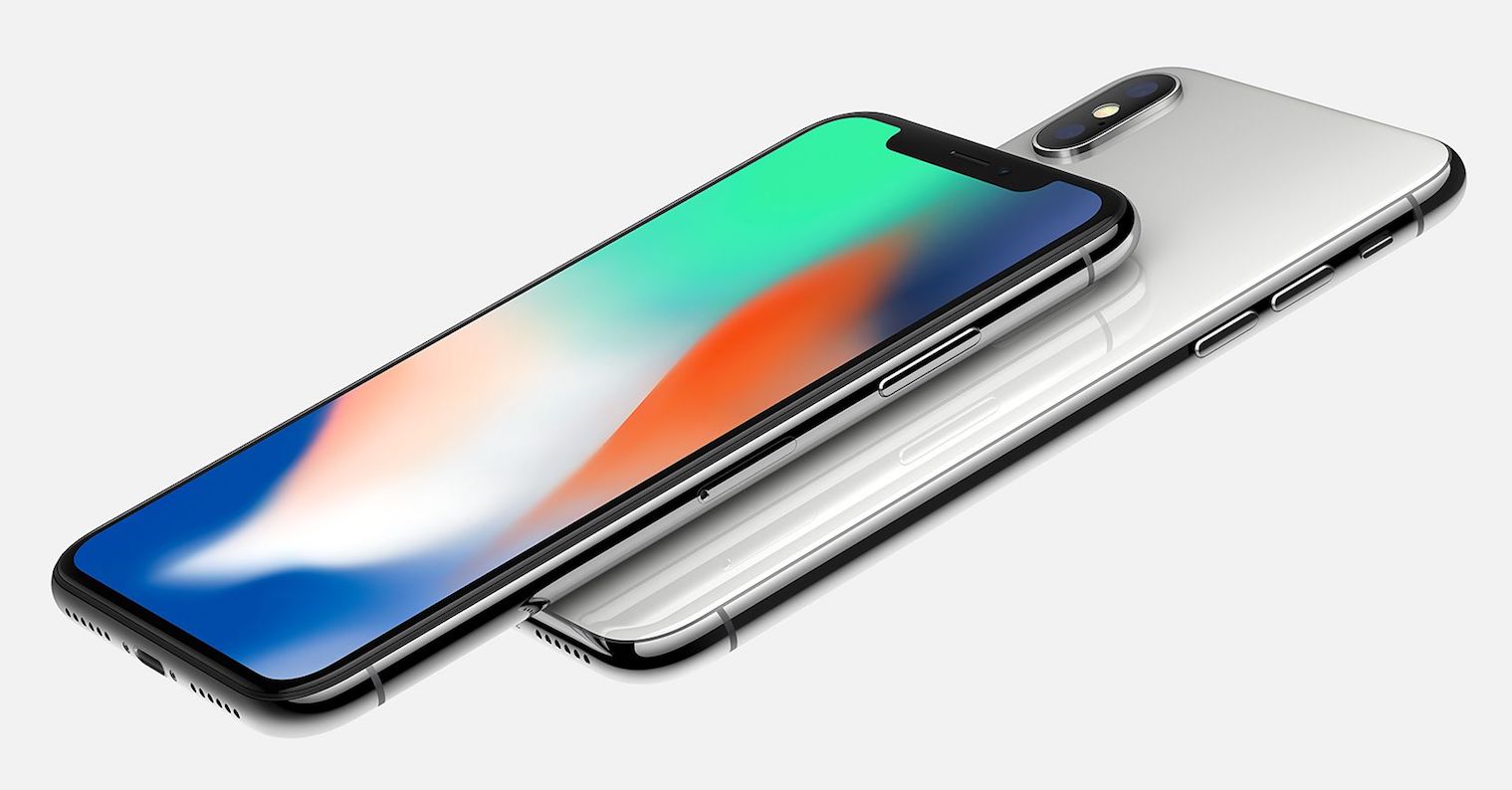
But let's move back to today. It is now 2023, and almost 5 years have passed since the launch of the popular "Xka". So it is definitely not a novelty, quite the opposite. At the same time, we move smoothly to the next point.
Weaker hardware
As we mentioned in an earlier passage, the iPhone X was officially launched in 2017. In the world of smartphones, it is practically a senior citizen who is unable to keep up with the latest models. This, of course, manifests itself in significantly weaker hardware. Although Apple is very well known for the breathtaking performance of its phones, which significantly exceeds the capabilities of the competition, it is necessary to take into account just that age. Not everything lasts forever.

Inside the iPhone X we find the Apple A11 Bionic chipset, which is based on the 10nm production process and offers a 6-core CPU and a 3-core GPU. Also important is its 2-core Neural Engine. It can handle up to 600 billion operations per second. For comparison, we can mention the A16 Bionic from the iPhone 14 Pro (Max). According to Apple, it is based on the 4nm production process (although the manufacturer TSMC actually only uses the improved 5nm production process) and offers a significantly faster 6-core CPU and 5-core GPU. However, when we focus on the Neural Engine, we can observe a literally extreme difference. In the case of the A16 Bionic, there is a 16-core Neural Engine with the ability to perform up to 17 trillion operations per second. This is an unprecedented difference, on which you can clearly see that the older "Xko" is significantly faltering.
It could be interest you
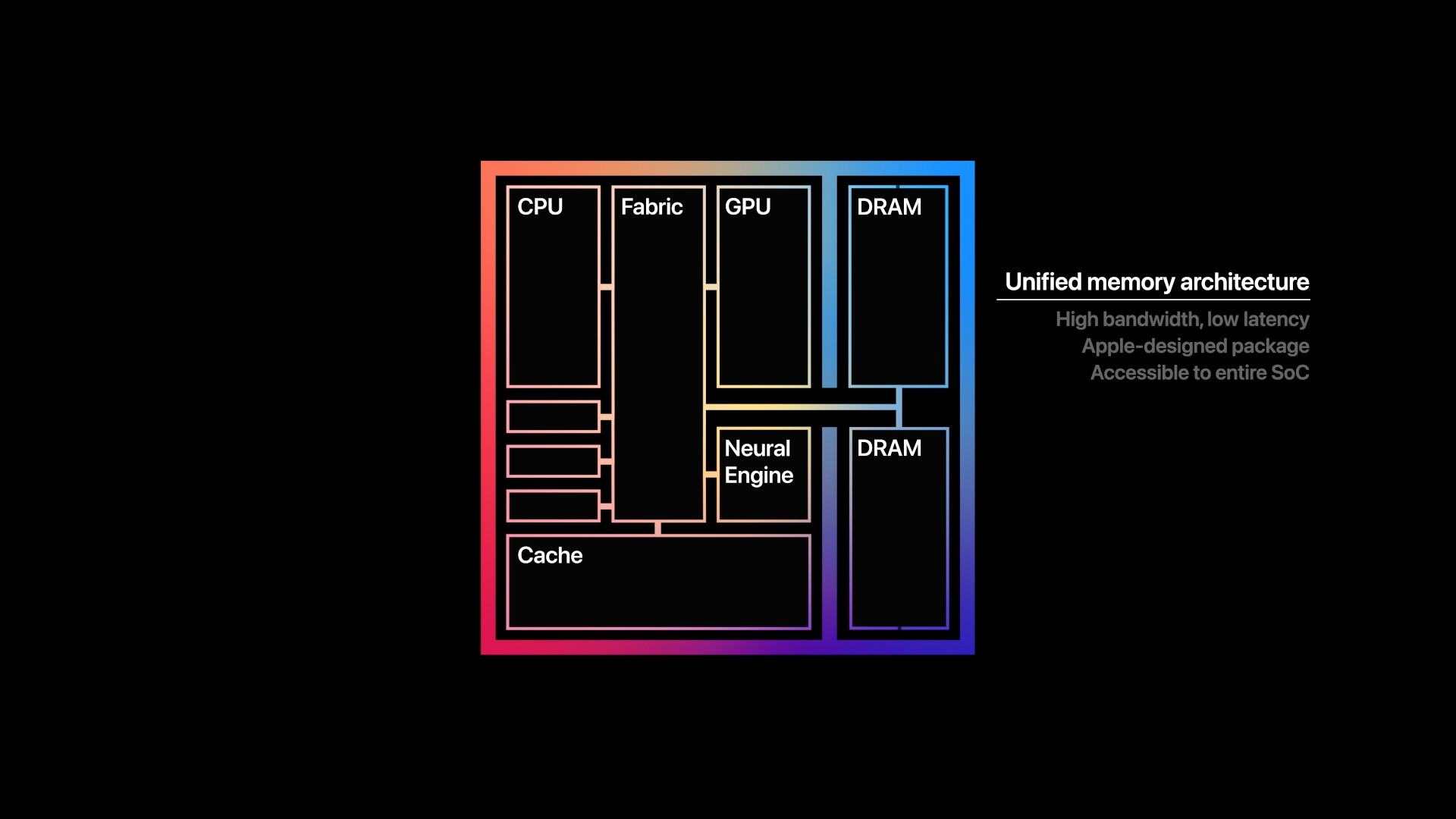
Unavailability of some functions
Of course, weaker hardware also brings with it noticeable limitations. After all, this is reflected not only in the operation of the devices themselves, but also in the availability of some functions. We have been seeing exactly this for a long time in the case of the iPhone X. You only have to look at the current operating system iOS 15 or iOS 16. These versions brought with them a number of interesting innovations that moved the system as such by a few steps forward. Although the iPhone X is a normally supported device, it still didn't receive some new features at all.
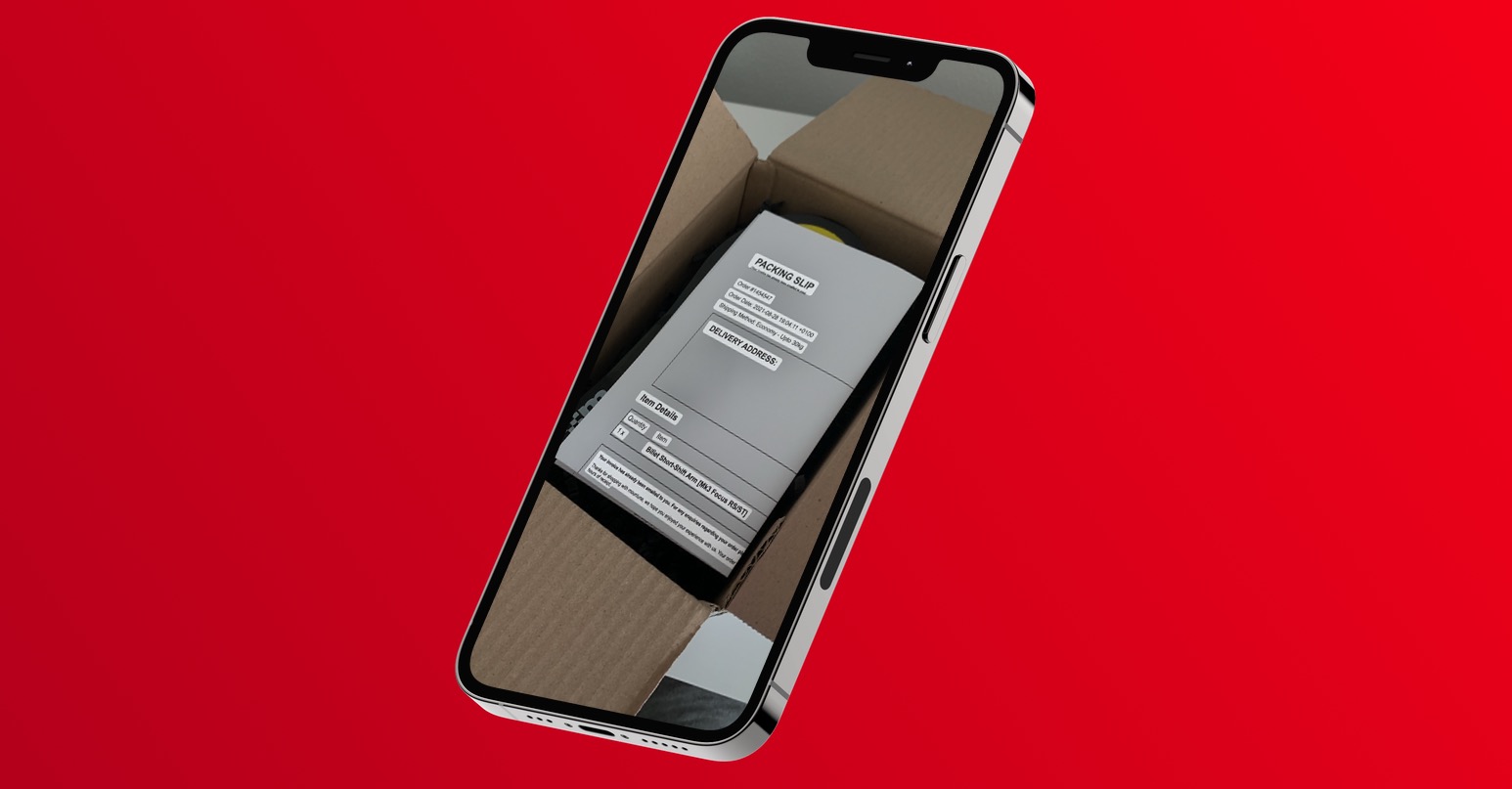
In this direction, we can talk, for example, about a function called Live Text. With its help, the iPhone can, through a technology known as OCR (Optical Character Recognition), read text from photos, allowing users to continue working with it at the same time. They can, for example, take a picture of the menu in a restaurant and then copy the text and then share it directly in text form. This gadget already came with the iOS 15 (2021) system, and yet it is not available for the aforementioned iPhone X. The fault is the weaker hardware, namely the Neural Engine, which is responsible for proper functioning. In addition, there are several such functions that are not available for this model.
It could be interest you

An unrecoverable security flaw
It is also important to mention that older iPhones suffer from an unfixable hardware security flaw. This affects all devices that are equipped with the Apple A4 to Apple A11 chipset, thus also affecting our iPhone X. This is also one of the reasons why iOS 17 might not be available for this model. The Apple company could thus definitively get rid of iPhones suffering from this problem, which would allow it to start with a so-called clean slate in iOS development.
The unwritten rule of 5 years
Finally, we also have to take into account the famous unwritten rule of 5-year software support. As is customary with Apple phones, they have access to new software, i.e. to new versions of iOS, roughly 5 years after their introduction. We are clearly heading in this direction – the iPhone X is simply touched by the clock. If we add to this the previously mentioned points, above all the significantly weaker hardware (from the point of view of today's smartphones), then it is more or less clear that the iPhone X's time has simply run out.
It could be interest you
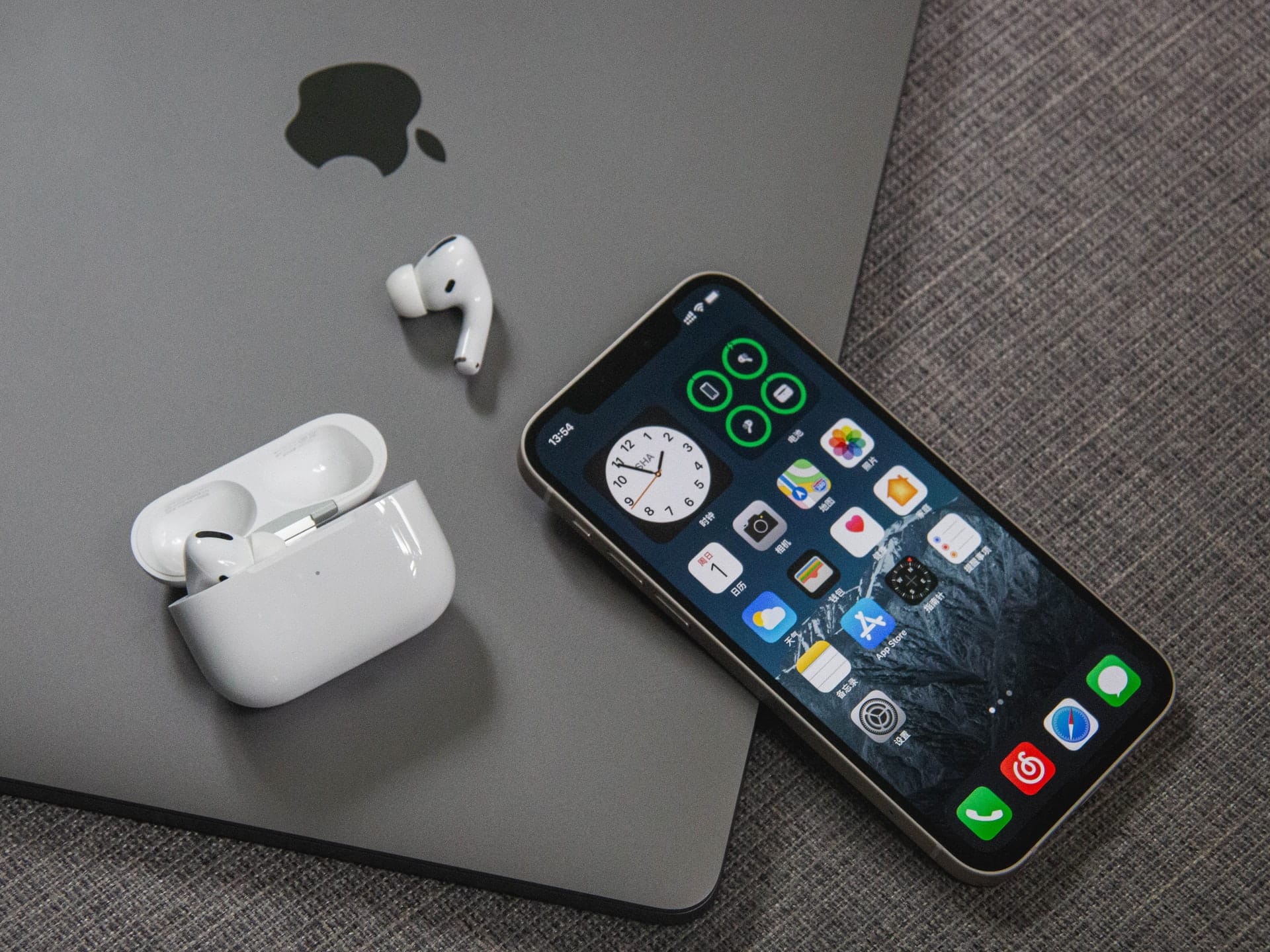
 Flying around the world with Apple
Flying around the world with Apple